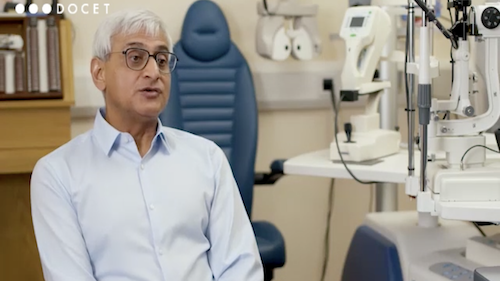General
![]()
![]()
Domains: Clinical practice, Leadership & accountability
No CPD Points

The development of digital imaging systems for optometry has reached the point where they are an integral part of eye health assessment. In this four-part series, we will cover image capture and storage, digital cameras, scanning laser ophthalmoscopy (SLO) and optical coherence tomography (OCT).
Before you start the last part of the series, please ensure that you have either completed Part 1 - Image Capture and Storage, Part 2 - Digital Cameras and Part 3 - SLO or you are familiar with the content.
Part four offers an overview of OCT instruments. OCT allows accurate and repeatable 3-dimensional imaging and measurement of structures within the eye and this accuracy makes it useful for monitoring change over time and highlighting where such changes are not normal and possibly related to eye disease. We discuss the various methods of capture, both anterior and disc/retinal, and the interpretation of the various data plots and scans and give examples of the diagnostic benefits.
First published: April 2019
Last reviewed: April 2022